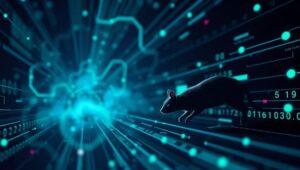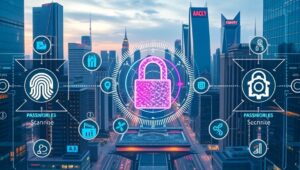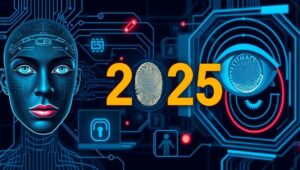May 25, 2025
AI in Cybersecurity: The Evolving Cat-and-Mouse Game (2025+)
AI in Cybersecurity: The Evolving Cat-and-Mouse Game (2025+) Artificial intelligence (AI) has rapidly transformed numerous sectors, and cybersecurity is no exception. While AI offers unprecedented opportunities to enhance threat detection and response, it also presents new challenges as malicious actors leverage AI for their own purposes. This post explores the evolving cat-and-mouse game between AI-powered cybersecurity defenses and AI-driven cyberattacks, examining the current landscape and future trends. The Rise of AI in Cybersecurity AI’s ability to analyze vast datasets, identify patterns, and automate tasks has made it an invaluable asset in cybersecurity. AI-driven tools can: Detect Anomalies: Identify unusual behavior












